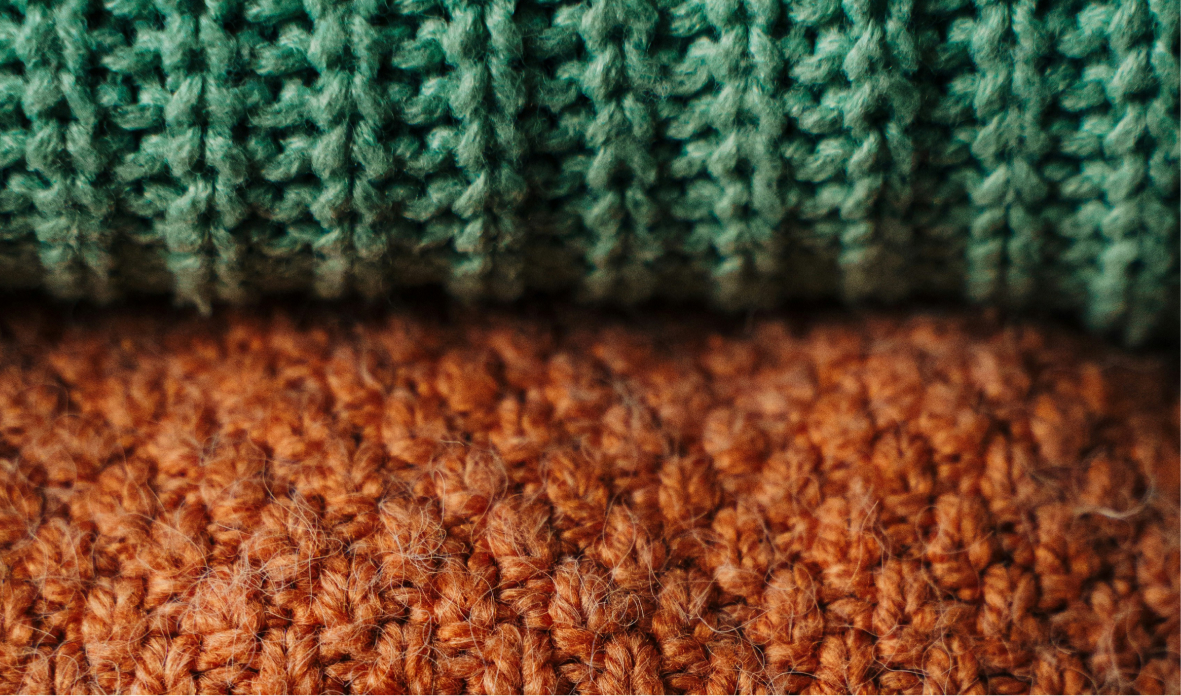Real Christmas Tree or Fake One: Which Is Better?

Join the community





Christmas is one of the biggest holidays of the year, and with it comes one of the biggest conundrums we face annually: the real vs. fake Christmas tree debate.
The real tree industry involves cutting down trees, while fake ones are made of plastic and steel. So what's the right choice to keep the tradition and nostalgia alive without harming the planet?
Are Real Christmas Trees Better for the Environment?
Real Christmas trees can keep the festive spirit alive without harming the planet, provided we choose them wisely. While Christmas trees are indeed trees, they can't be grown just anywhere. If these trees are non-native to certain regions and require excessive water, herbicides, and pesticides to grow, that's not a sustainable way to celebrate.
But when grown responsibly, they can provide homes for birds and mammals and act as carbon-absorbing machines during their growing years. It's estimated that each tree sequesters between 30 and 400 pounds of CO2 annually.
If you're worried about disturbing forest ecosystems, consider buying real trees from local or organic farms that use sustainable methods and avoid pesticides. These farms typically grow 9–10 trees for every one they sell, supporting the local ecosystem. A quick online search can help you find suitable farms nearby. Alternatively, you could decorate a potted plant instead of buying a traditional Christmas tree.
The next question is: What do we do with these trees after Christmas? First, check if your city offers Christmas tree recycling services. If not, consider composting it in your garden—though you'll need to mulch it first. Some local governments and parks offer mulching services. If you are new to composting or don’t have access to a garden, check out our episode on Composting Is for Everyone. If the tree is completely dry, you can even use it as firewood.
Can Fake Christmas Trees Be Sustainable?
You might opt for an artificial Christmas tree because it's more cost-effective in the long run or because someone in your family is allergic to real ones. That's perfectly fine, but ensure you use it for several years. These artificial trees are made of PVC (plastic) and steel and will eventually end up in a landfill, where they'll persist for centuries.
So, the best thing we can do is reuse them for as long as possible. In fact, reusing an artificial tree for at least five years could potentially have a smaller environmental impact than using real trees annually.
To increase the life of fake trees, you can take several steps:
- At the end of the season, store them properly so that they don't get damaged by moisture or rodents
- Try swapping your artificial Christmas trees with friends, family, or neighbors in Buy Nothing groups, keeping them out of landfills longer.
- Consider looking for secondhand artificial trees at thrift stores or in your neighborhood.
The debate between real and artificial Christmas trees is complex. As consumers, we should strive to minimize our impact on the planet, regardless of which option we choose based on our circumstances.









.png)


